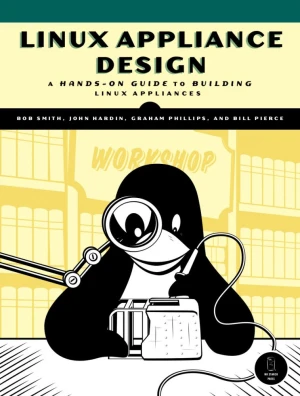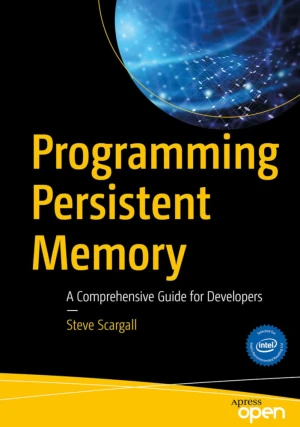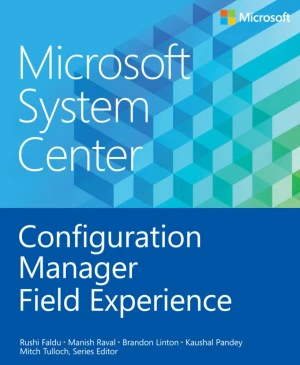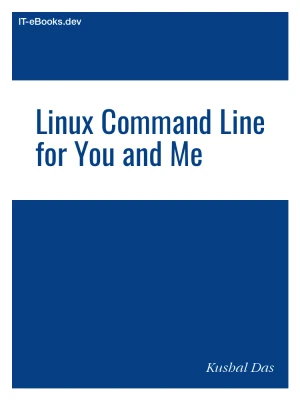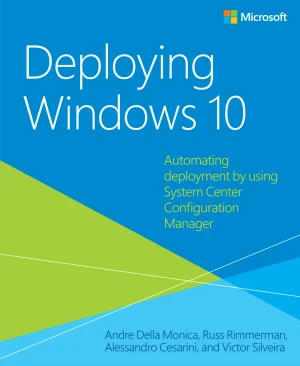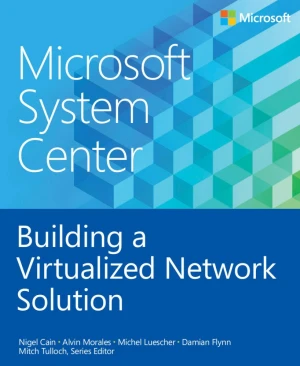Linux Network Administrator's Guide, 2nd Edition
Unix-compatible operating system
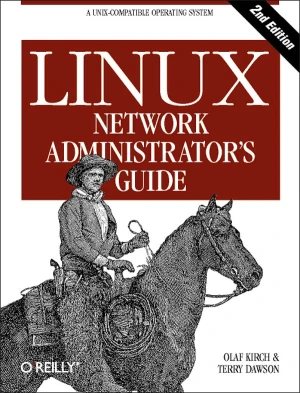
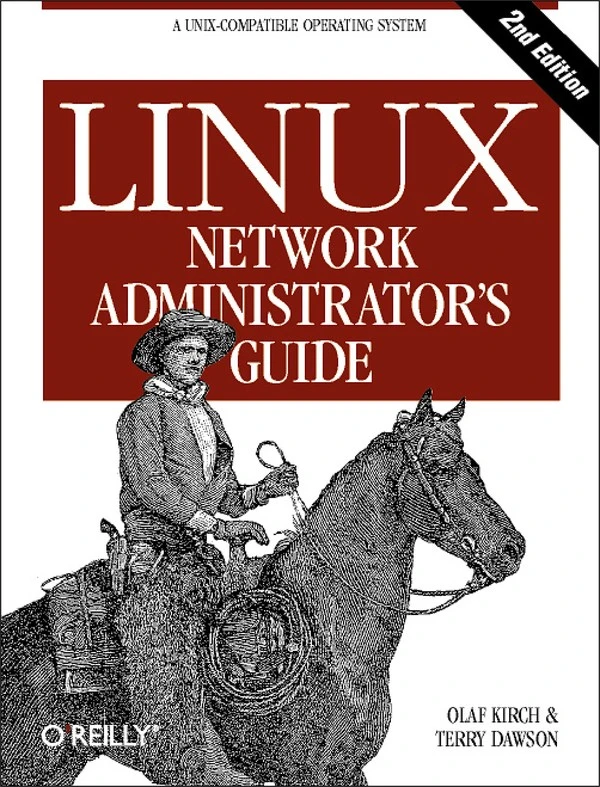
Book Details
| Authors | Olaf Kirch, Terry Dawson |
| Publisher | O'Reilly Media |
| Published | 2000 |
| Edition | 2nd |
| Paperback | 512 pages |
| Language | English |
| ISBN-13 | 9781565924000 |
| ISBN-10 | 1565924002 |
| License | GNU Free Documentation License |
Book Description
Linux, a Unix-compatible operating system that runs on personal computers and larger servers, is valued above all for its networking strengths. The Linux Network Administrator's Guide spells out all the information needed for joining a network, whether it's a simple UUCP connection or a full LAN with a Linux system serving as a firewall, an NFS or NIS file server, and a mail and news hub.This book, which is one of the most successful to come from the Linux Documentation Project and remains freely distributable under its license, touches on all the essential networking software included with the operating system, plus some hardware considerations. Fully updated, the book now covers firewalls, including the use of ipchains and iptables (netfilter), masquerading, and accounting. Other new topics include Novell (NCP/IPX) support and INN (news administration). Original material on serial connections, UUCP, routing and DNS, mail and News, SLIP and PPP, NFS, and NIS has been thoroughly updated. Kernel options reflect the 2.2 kernel. However, some topics covered in other books (notably Samba and web server administration) are not in this book.
Topics include:
- Introduction to TCP/IP;
- Configuring network and serial hardware;
- Domain Name Service;
- Serial line communications using SLIP and PPP;
- NIS and NFS;
- Taylor UUCP;
- Administering electronic mail, including sendmail and Exim;
- Administering Netnews, including INN and several news readers;
- Firewalling using ipfwadm, ipchains, and iptables (netfilter);
- Masquerading and accounting;
- IPX configuration for a Novell Netware network.
This book is available under the GNU Free Documentation License, which means that you are free to copy, redistribute, and modify it, as long as you preserve all original copyright notices, provide transparent access to the source, and release any modified versions under the same license.
If you enjoyed the book and would like to support the author, you can purchase a printed copy (hardcover or paperback) from official retailers.
Download and Read Links
Share this Book
[localhost]# find . -name "*Similar_Books*"
Linux Appliance Design
Modern appliances are complex machines with processors, operating systems, and application software. While there are books that will tell you how to run Linux on embedded hardware, and books on how to build a Linux application, Linux Appliance Design is the first book to demonstrate how to merge the two and create a Linux appliance. You'll see for
Programming Persistent Memory
Beginning and experienced programmers will use this comprehensive guide to persistent memory programming. You will understand how persistent memory brings together several new software/hardware requirements, and offers great promise for better performance and faster application startup times - a huge leap forward in byte-addressable capacity compar
Configuration Manager Field Experience
Part of a series of specialized guides on System Center - this book shares real-world expertise for using Configuration Manager capabilities to deliver more effective IT services. Series editor Mitch Tulloch and a team of System Center experts provide concise technical guidance as they step you through key deployment and management scenarios. The p
Linux Command Line for You and Me
The command line is a text interface for your computer. It's a program that takes in commands, which it passes on to the computer's operating system to run. Linux command line for you and me is a open book for newcomers to command line environment.
Deploying Windows 10
Get a head start deploying Windows 10 - with tips and best practices from experts in the field. This guide shows you how to deploy Windows 10 in an automated way without impacting end users by leveraging System Center Configuration Manager, which is the most used product to deploy Microsoft operating systems in the industry today. Windows 10 repres
Building a Virtualized Network Solution
Network Virtualization "provides virtual networks to virtual machines similar to how server virtualization provides virtual machines to the operating system. Network Virtualization decouples virtual networks from the physical network infrastructure and removes the constraints and limitations of VLANs and hierarchical IP address assignment from virt

